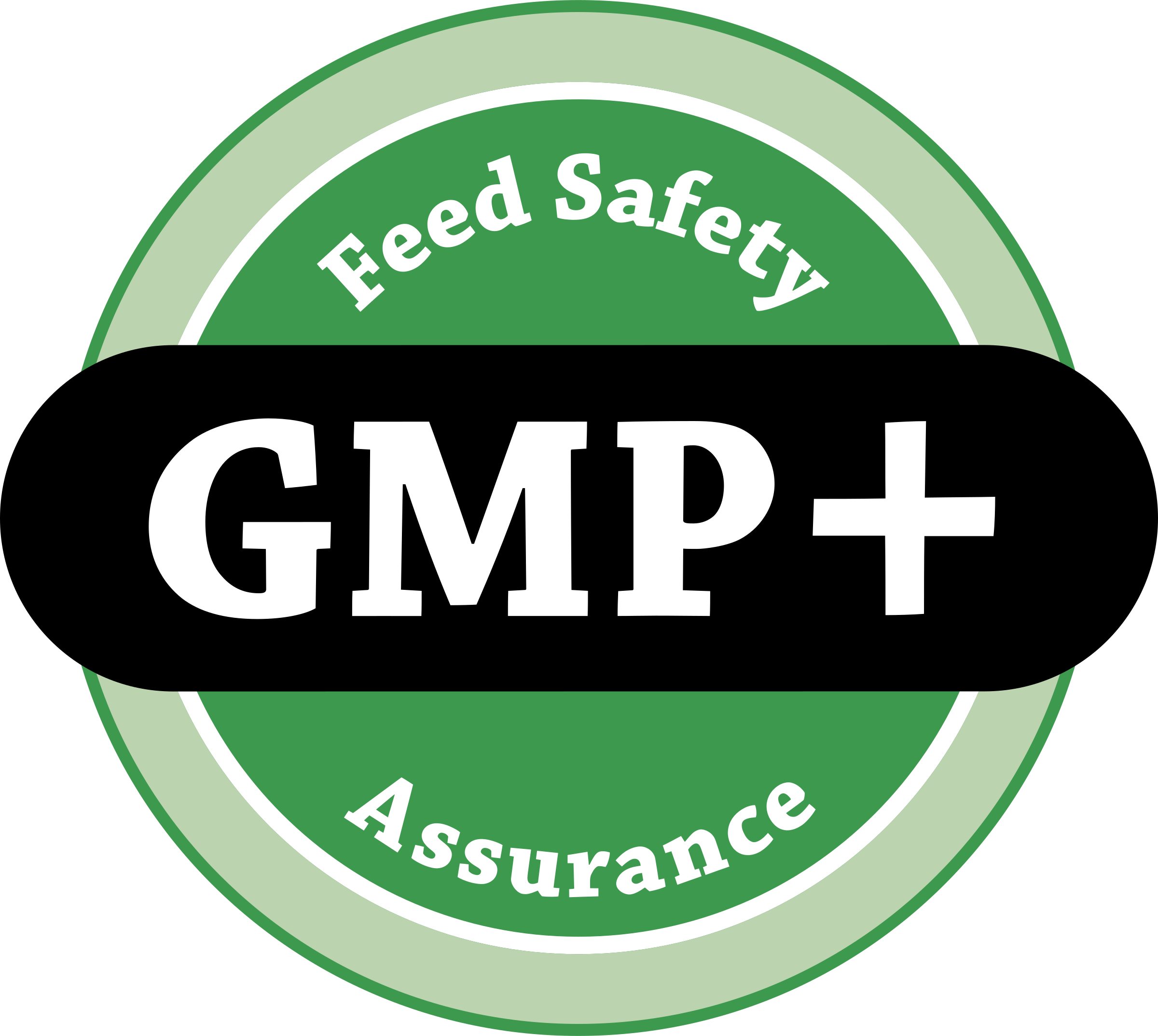Prebiotics have long been known to be effective as nutritional aids in chicken diets for stimulating growth, modulating intestinal microbiota and pathogen suppression, and improving meat quality. But do you know prebiotics can help in immunemodulation as well. Prebiotics are known as non-digestible carbohydrates that selectively stimulate the growth of beneficial bacteria, thus improving the overall health of the host. Common sources of prebiotics are Barley, Oats, Chickpeas, Algae etc.
Several qualifying variables have been recognised as features related with prebiotic requirements by scientists, including, for example. (1) In the upper region of the GIT, the prebiotic candidate must not be hydrolyzed or absorbed. (2) It should act as a selective nutrition source for members of the GIT microbial community that may be helpful in terms of growth and/or metabolic activity. (3) Prebiotics should elicit luminal or other systemic physiological responses that are beneficial to the host. The chemical composition of the relevant prebiotic and metabolic capacities of the GIT bacteria present are likely to influence the impact of dietary supplemented prebiotics on the GIT of poultry. When prebiotics are given to the host, they might have two different modes of action.
- The relevant prebiotic first reaches the chicken’s intestine without being digested in the top section of the gastrointestinal tract, but it is preferentially absorbed by bacteria that are favourable to the host.
- Second, the presence of the prebiotic causes various gut activities, such as the production of short-chain fatty acids and lactic acid as microbial fermentation products, a lower rate of pathogen invasion, and possible bird health advantages. Because prebiotics are indigestible by the host, it is assumed that they are hydrolyzed and then utilised by the GIT bacteria found non different compartments of the avian GIT. Undigested dietary material, such as dietary fibres, passes through the upper sections of the GIT and into the ceca, where it serves as a source of food for the cecal microbial community.
The ceca contains a high percentage of obligate anaerobic microbes, as well as other minor elements such methanogens. Prebiotics that make it to the ceca would would certainly be used by this cecal population, resulting in a wide range of fermentation products. The main component of cecal SCFA fermentation products is acetate, with smaller levels of propionate and butyrate. Salmonella and other foodborne bacteria can potentially cause illness. Salmonella and other foodborne pathogens can reside in the ceca, and SCFA production is thought to be hostile to their presence.


